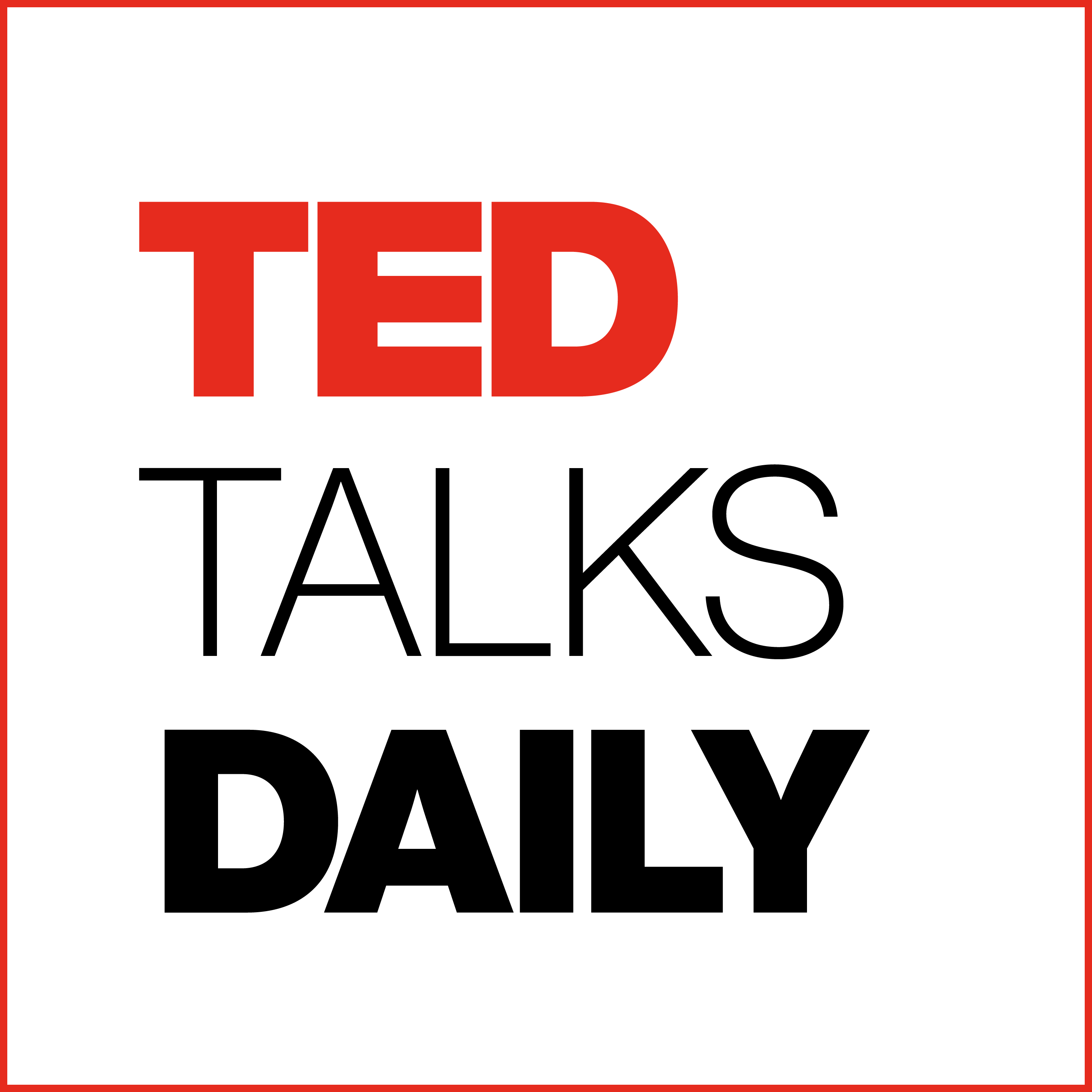Building the Future with Living Maps
The Main Idea in a Nutshell
- We can use new technology to create live, 3D maps of the Earth that don't just show us where things are, but help us solve huge problems like climate change and build better cities.
The Key Takeaways
- Maps Are Evolving: Maps used to be just for understanding the world (like for directions), but now they can be tools for actively building and changing it for the better.
- The "Living Globe": This is a new kind of map—a live, digital copy of the Earth. It combines information from satellites, AI, and other data to give us a real-time picture of what's happening on the planet.
- Solving Big Problems: Instead of just using maps to see the damage from a wildfire after it happens, we could use them to plan and build systems (like robot firefighters) to stop fires before they even start.
- Smarter Cities: By tracking things like new construction and the number of trees in a city, planners can make better decisions to ensure cities are green, affordable, and great places to live.
- Fun Facts & Key Numbers:
- Fact: About 200 years ago, we were a "civilization of builders," creating huge projects like the Erie Canal and the Transcontinental Railroad. The speaker argues we need to bring that spirit back, but in a smarter way.
Important Quotes, Explained
Quote: "> What LA needed, it wasn't satellite imagery, it was water."
- What it Means: Simply looking at a disaster on a map isn't enough. The real goal is to use technology to create physical solutions to the problem, like building better systems to get water to a fire.
- Why it Matters: This quote shows the shift from just watching problems happen to actively trying to prevent them. It's the difference between reacting to a mess and stopping the mess from being made in the first place.
Quote: "> This living globe, it's not just a mirror for the world, it's also a canvas to build a better future..."
- What it Means: This new map technology isn't just a reflection of how the world is right now. Think of it like a blank canvas for an artist—it’s a tool we can use to design, plan, and create the better world we want to live in.
- Why it Matters: This is the core idea of the whole talk. It reframes maps as powerful, creative tools that can help us be optimistic and build a better future, not just study the past.
The Main Arguments (The 'Why')
- First, the author argues that for a long time, we've only used digital maps to understand our world (like finding a coffee shop). We forgot that maps can also be used to create and build things.
- Next, he points out that today's biggest challenges—like climate change, affordable housing, and global security—are physical problems in the real world. Just living in a virtual world of apps and phones won't solve them.
- Finally, he shows that we now have the technology to combine all kinds of data (from satellites, sensors, etc.) into one "living globe." This allows us to see the effects of our actions in real-time and plan big projects without making the same mistakes people made in the past.
Questions to Make You Think
- Q: Why did we stop building the "mega projects" he mentioned, like the Hoover Dam?
A: The text says these massive projects often had unexpected and "devastating" negative side effects. Because people couldn't predict the bad outcomes, they got scared of building big things and retreated into a safer, digital world.
Q: How can a map help make housing more affordable?
- A: The text explains that a "living map" can show city planners how different things are connected. For example, they can see where new buildings are going up, how that affects tree cover, and how it relates to affordable housing zones. This complete picture helps them make sure that new developments also help the city achieve its goals, like creating more affordable homes and green spaces for everyone.
Why This Matters & What's Next
- Why You Should Care: This isn't just about maps on your phone. This technology could shape the future of your town or city. It's about how we can tackle huge issues like climate change and make our communities safer, greener, and better places to live for everyone.
- Learn More: Check out Google Earth's "Timelapse" feature. It uses decades of satellite imagery to create a video showing how the Earth's surface has changed over time. It's a real-world example of using map data to see the big picture.

